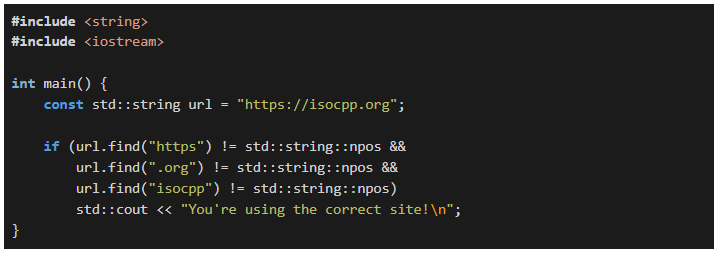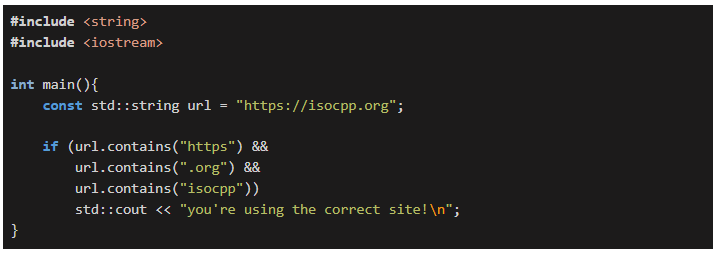The decorator pattern: From basic to advanced concepts in C++ -- John Farrier
The Decorator Pattern stands out for its unique ability to dynamically add new functionalities to objects without altering their structure.
The decorator pattern: From basic to advanced concepts in C++
John Farrier
From the article:
The Decorator Pattern allows developers to seamlessly decorate or wrap objects with new behaviors or responsibilities, ensuring that the enhancements are scalable, manageable, and, most importantly, interchangeable. This capability is crucial in an era where software requirements are constantly evolving, demanding adaptable and resilient systems to change.
Let’s illustrate this with a basic C++ example. Consider a window in a user interface as the Component. You want to add functionalities like scrollbars or a border without redesigning the window itself.
Here’s a simplified version of how you might implement this:
class Window { // Component public: virtual void draw() = 0; virtual ~Window() {} }; class SimpleWindow : public Window { // Concrete Component public: void draw() override { // Draw the window } }; class WindowDecorator : public Window { // Decorator protected: Window* window; public: WindowDecorator(Window* wnd) : window(wnd) {} void draw() override { window->draw(); // Delegate to the component } }; class ScrollbarWindow : public WindowDecorator { // Concrete Decorator public: ScrollbarWindow(Window* wnd) : WindowDecorator(wnd) {} void draw() override { WindowDecorator::draw(); // Draw the window drawScrollbar(); // Add scrollbar } private: void drawScrollbar() { // Draw the scrollbar } };
In this example, SimpleWindow is a Concrete Component that can be decorated with additional features. WindowDecorator is a Decorator that holds a reference to a Window object and delegates the draw operation to it. ScrollbarWindow is a Concrete Decorator that adds a scrollbar to the window.

 A new episode of the series about SObjectizer and message passing:
A new episode of the series about SObjectizer and message passing: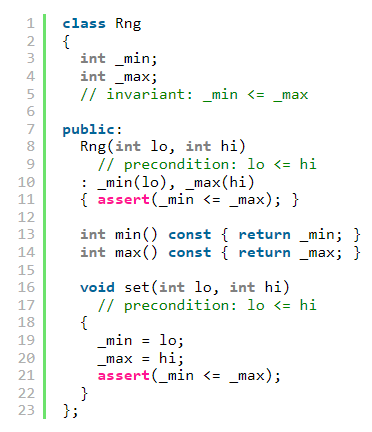 In the world of C++, the concept of object lifetime and
In the world of C++, the concept of object lifetime and 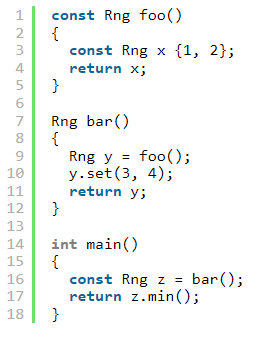
 A new episode of the series about SObjectizer and message passing:
A new episode of the series about SObjectizer and message passing: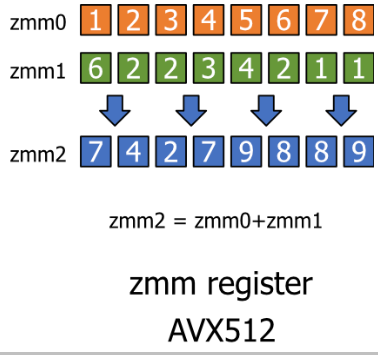 Writing efficient code is challenging but worthwhile. Andrew Drakeford demonstrates how SIMD (Single Instruction Multiple Data) can reduce your carbon footprint.
Writing efficient code is challenging but worthwhile. Andrew Drakeford demonstrates how SIMD (Single Instruction Multiple Data) can reduce your carbon footprint.
 A new episode of the series about SObjectizer and message passing:
A new episode of the series about SObjectizer and message passing: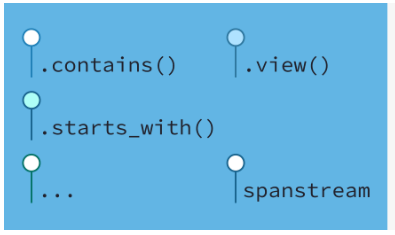 In this article, we’ll explore six practical string processing operations introduced in C++20 and C++23. These features represent an evolution in this crucial area, covering a spectrum of operations from searching and appending to creation and stream handling.
In this article, we’ll explore six practical string processing operations introduced in C++20 and C++23. These features represent an evolution in this crucial area, covering a spectrum of operations from searching and appending to creation and stream handling.